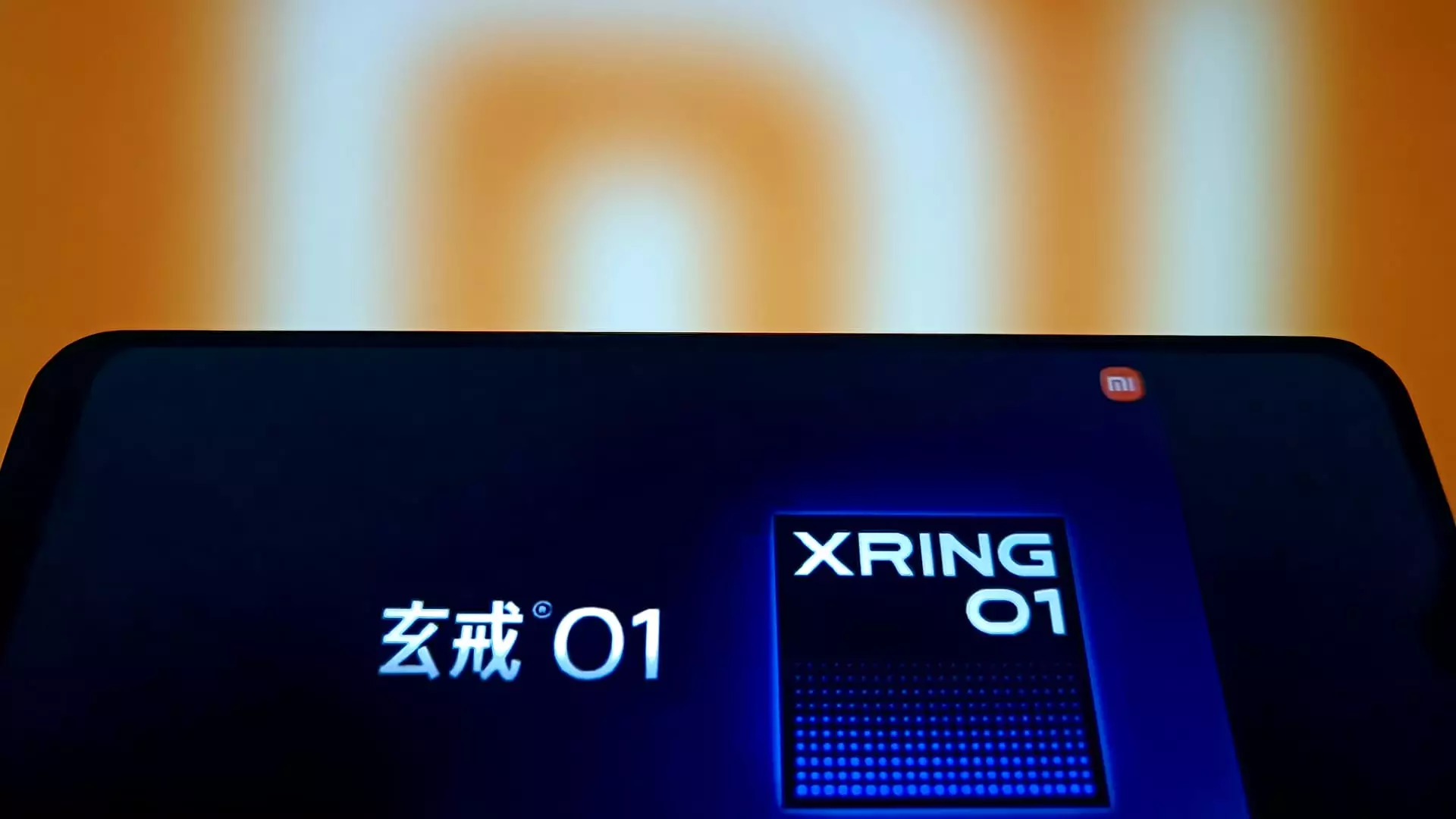In the ever-competitive world of smartphones, the stakes have never been higher as Chinese technology giants increasingly challenge the established dominance of Apple. Xiaomi, known for its innovative approach and cost-effective products, has unveiled the Xiaomi 15S Pro, which aims to not only capture market share but also disrupt the status quo in premium smartphone offerings. This new device boasts advanced specifications at a significantly lower price point, highlighting a critical moment in a rapidly evolving tech landscape.
Pricing Strategy: Undercutting the Competition
At a starting price of 5,499 yuan (approximately $764), the Xiaomi 15S Pro is banking on affordability as its primary weapon against Apple’s pricier offerings, where the iPhone 16 Pro starts at a staggering 7,999 yuan. Xiaomi’s pricing strategy not only makes premium features more accessible to a broader audience but also leverages government subsidies, essentially creating a win-win scenario for consumers. The stark financial difference spurs a question many are hesitant to voice: Are consumers being unnecessarily taxed by Apple’s premium pricing model? Xiaomi appears poised to exploit this sentiment, fostering a new wave of competition that could significantly alter consumer behavior.
Comparative Technology: Chip Power Play
CEO Lei Jun claims that Xiaomi’s new chip, the Xring O1, matches or even surpasses Apple’s A18 Pro in several critical performance metrics. This advancement comes as the U.S. stifles Chinese access to cutting-edge semiconductor technology, putting Xiaomi’s claims under intense scrutiny. However, this could be a double-edged sword—Xiaomi’s desperation to establish itself in the high-end market might lead to accusations of inflated claims. Whether the technical specifications truly stand up to scrutiny is questionable; in a market swarmed with hype, the truth may often lie in the details.
Moreover, Xiaomi’s future investments predict a solid commitment to R&D—a massive 200 billion yuan over the coming five years, directed towards innovation in chip technology. But one must wonder, can combining such expenditure with past failures yield the desired breakthroughs? The smartphone industry’s relentless push for perfection leaves little room for errors, and, should this gamble fail, it could cripple Xiaomi’s momentum.
The Broader Industry Perspective: Xu’s Quiet Understanding
Lei Jun’s statement, “Apple is still number one,” reflects an understanding of the competitive landscape. It acknowledges that while Xiaomi is making significant strides, the road ahead remains filled with hurdles. The skepticism surrounding Xiaomi’s ability to wrestle away customers from Apple is palpable, given the brand loyalty Apple possesses. This loyalty isn’t merely about product performance; it’s cultivated through an ecosystem that connects hardware and software in a seamless user experience.
As Xiaomi expands its chips and smartphone offerings, it is noteworthy that approximately 40% of its devices still rely on third-party processors from Qualcomm and MediaTek. This dependence raises questions about its ability to fully break free from the grip of established competitors like Apple unless it can develop more comprehensive and self-sufficient technologies.
Cross-Industry Aspirations: Expanding Horizons Beyond Smartphones
In an interesting twist, Xiaomi’s introduction of electric vehicles shows its ambition to become a multifaceted technology leader. The SU7 and the upcoming YU7 SUVs reflect a forward-thinking strategy that seeks to diversify its product line and create further market entry points.
Despite this audacious expansion, the auto market operates under different dynamics, including regulatory scrutiny and consumer apprehensions—especially following incidents involving their vehicles. With authority growing more anxious about marketing language surrounding advanced driver-assist features, Xiaomi’s challenge will be crafting compelling narratives that reassure consumers while maintaining hardware quality.
A Reflection on Future Viability
While Xiaomi celebrates its rapid revenue growth and increasing share prices within the first quarter of 2024, the company must confront the broader realities of the market. Apple’s stature may not crumble easily, particularly as tech enthusiasts are drawn to the brand by an array of factors that go beyond just performance.
Xiaomi’s forthcoming endeavors may very well reshape the smartphone and tech industries in groundbreaking ways—but the high stakes associated with such strategic moves could also be its Achilles’ heel. As the competition continues to heat up, it will be profoundly fascinating to witness who will emerge victorious—price-sensitive consumers eager for change or brand-loyal patrons sticking with the tried and tested. The resolution of this struggle appears to intertwine with both technological innovation and shifting consumer preferences, making it an exciting chapter in the evolving narrative of global technology.

